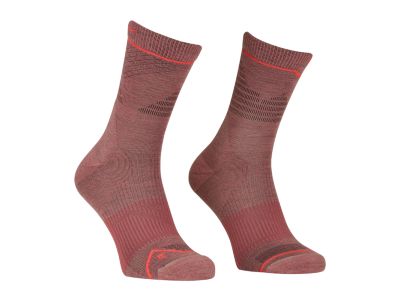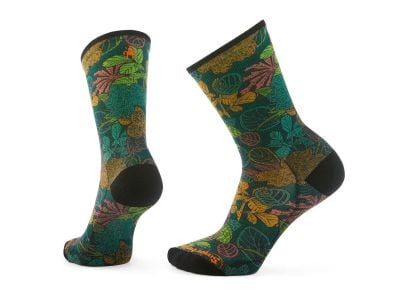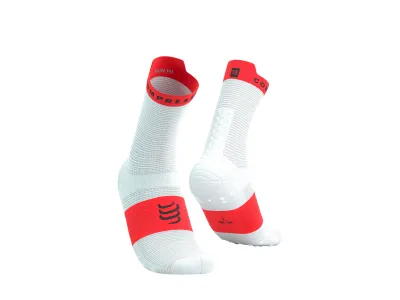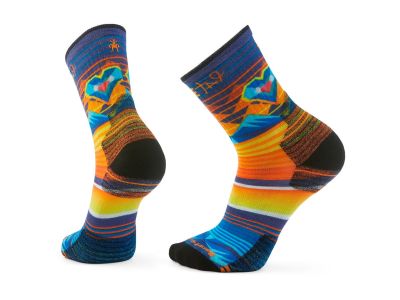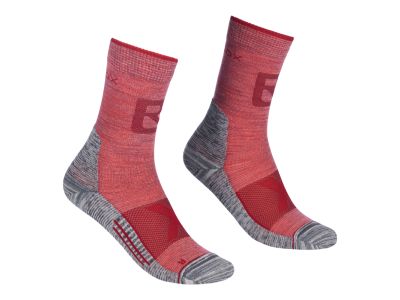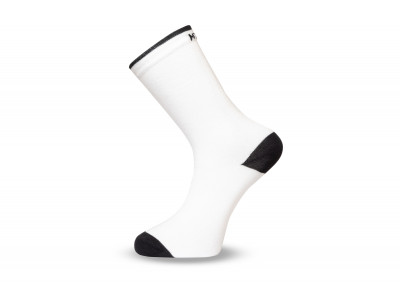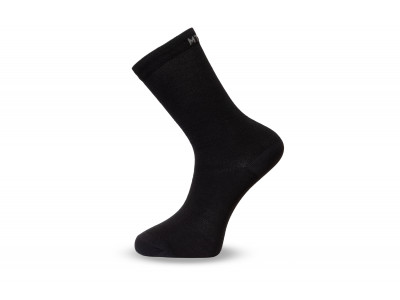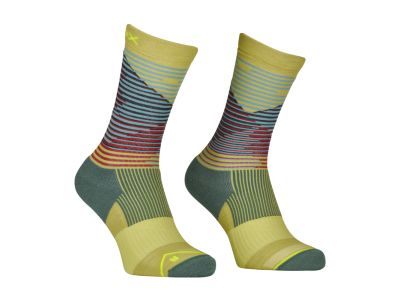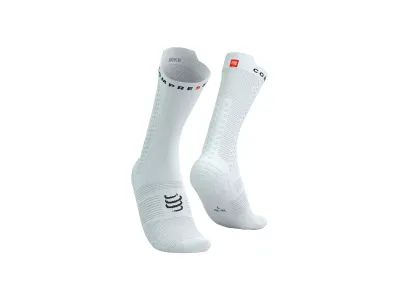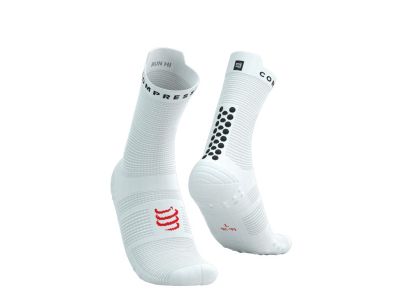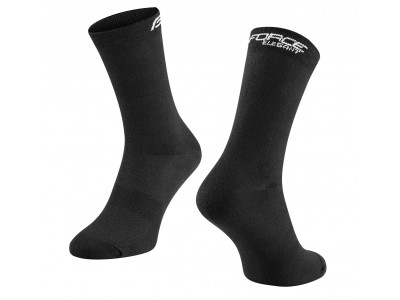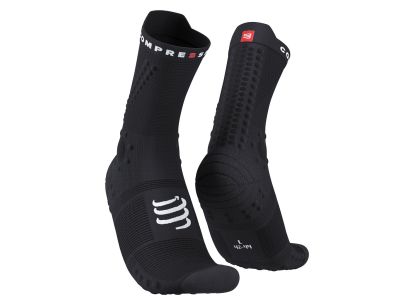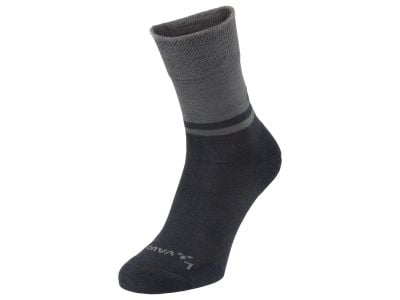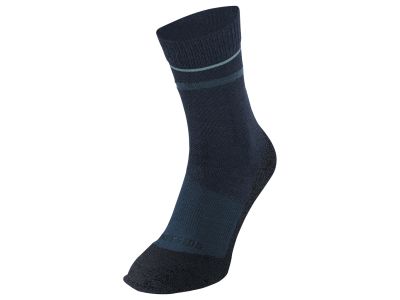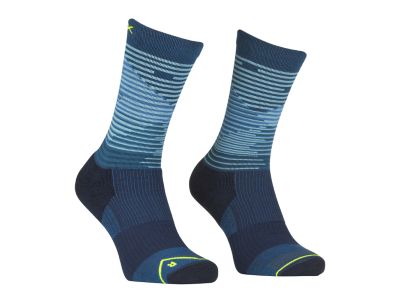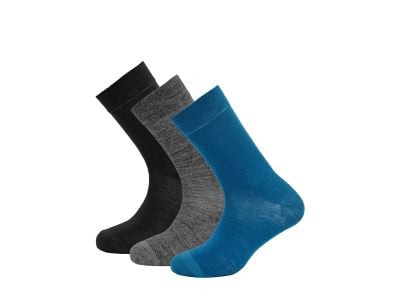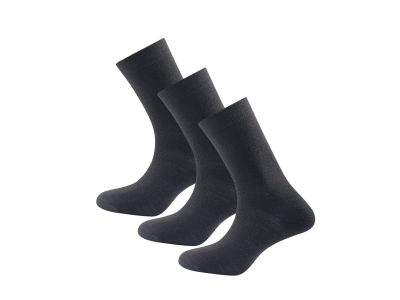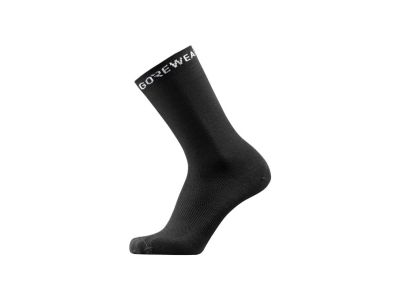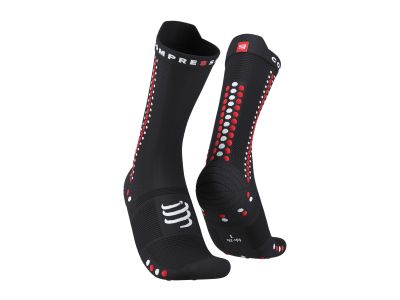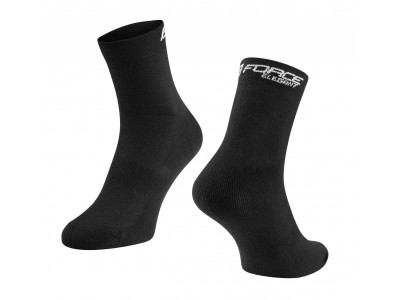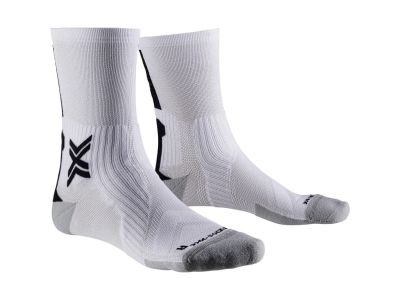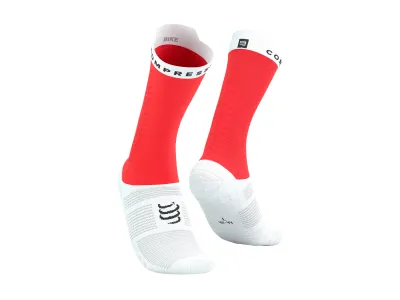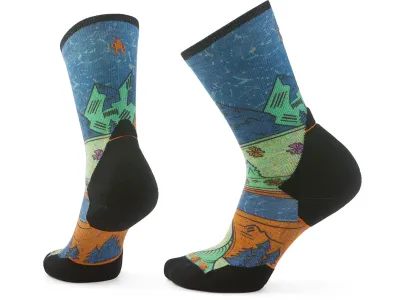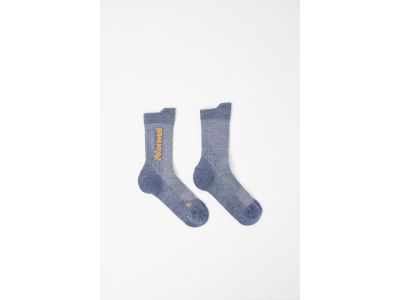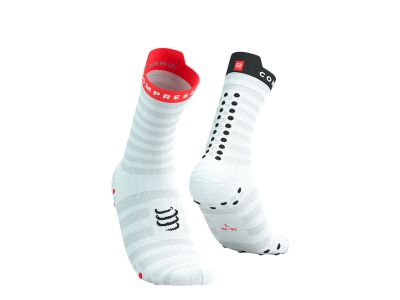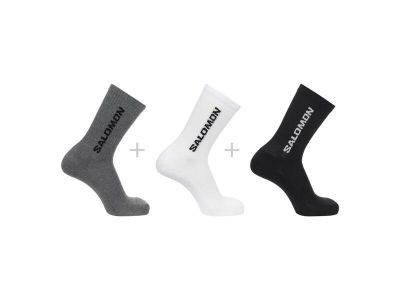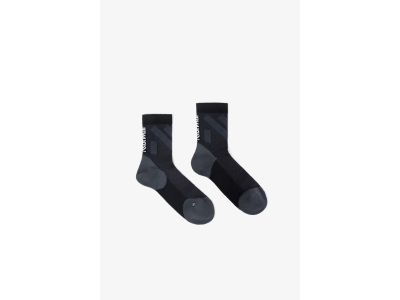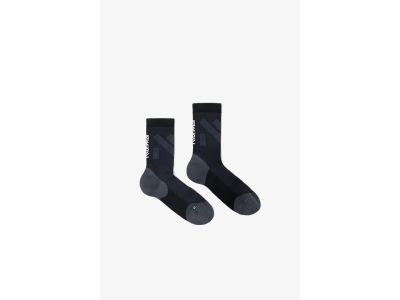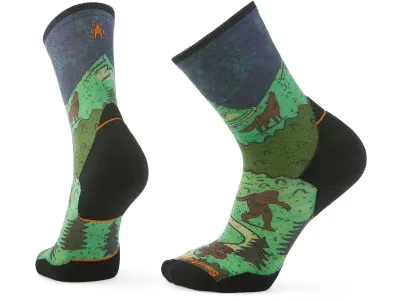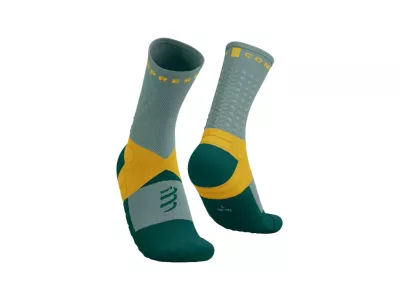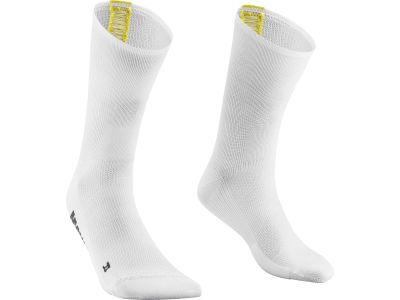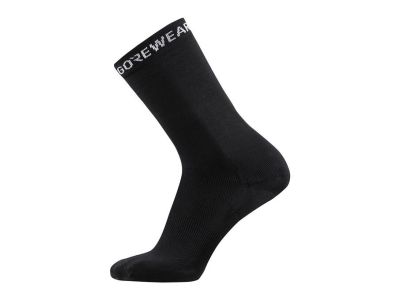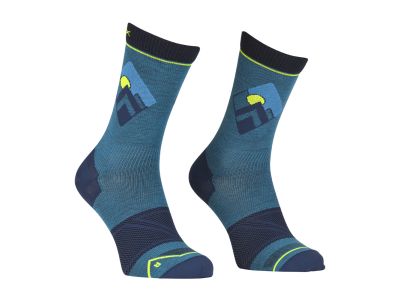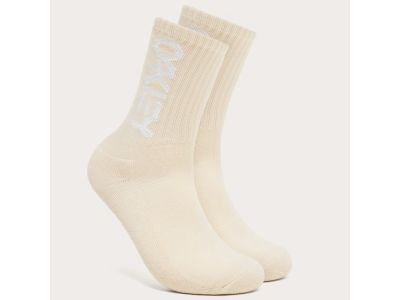The advantage of high running socks is protection in the ankle area, e.g. against ankle sprains and other external influences. They are made of breathable synthetic or natural materials with excellent sweat wicking properties. It is important to choose the right size, and for longer runs it is advisable to have a spare pair available.
What are the main benefits of wearing high socks for running?
The main advantages of high-rise running socks compared to low or mid-rise running socks are:
- More coverage and protection: High-rise running socks provide additional coverage that extends above the ankle and up to the calf. This extra length helps protect the lower leg from dirt, grime, and brush, reducing the risk of scrapes, abrasions, and insect bites while running on trails or off-road.
- Increased compression and support: High-rise running socks often provide more compression and muscle support than low-rise or mid-rise running socks. The compression in high-rise socks can help improve circulation, reduce muscle vibration, and provide greater stability to the ankles and calf muscles, which can reduce the risk of injuries such as bruises or calf cramps.
- Better Muscle Recovery: The compression provided by high-rise running socks can aid in muscle recovery by promoting blood flow and reducing muscle soreness after an intense workout or long run. Compression helps flush out metabolic waste and deliver oxygen and nutrients to tired muscles, which can speed up the recovery process.
- Temperature regulation: Tall running socks can provide additional insulation and warmth in colder weather conditions, making them suitable for running in cooler temperatures. Some tall running socks are made from materials like merino wool, which provide natural temperature regulation to keep your feet comfortable and warm while running in cold weather.
- Preventing irritation and blisters: The higher cuff of high-top running socks can help prevent irritation and chafing by creating a barrier between your skin and the upper of your shoe. This can reduce friction and the likelihood of blisters, especially in the ankle and calf areas, where low-cut socks can cause friction.
- Versatility for various activities: High-cut running socks are versatile and can be used for various activities besides running, such as hiking, cycling or sports that require additional ankle and calf support. With the added coverage and compression, high socks are suitable for a variety of sports activities.
Can high-rise running socks help prevent running injuries?
High-rise running socks can potentially help prevent calf cramps, muscle microtears, or muscle and tendon instability that could lead to injuries by providing compression, support, and protection to the muscles of the lower extremities.
How to prevent blisters and discomfort when wearing high running socks, especially during long runs or races?
Preventing blisters and discomfort when wearing high-top running socks, especially during long runs or races, is essential to staying comfortable and performing at your best. Here are some tips to help you avoid blisters and discomfort when wearing high-top running socks:
- Choose the right size: Make sure you choose high-top running socks that fit properly and are not too tight or too loose. Socks that are too tight can restrict blood circulation and cause friction, while socks that are too loose can lead to friction and blisters.
- Moisture-wicking materials: Choose high-rise running socks made from moisture-wicking materials, such as polyester or Coolmax, to keep your feet dry and reduce the risk of blisters. Moisture-wicking materials help regulate sweat and prevent excess moisture, which can contribute to chafing and discomfort during long runs.
- Seamless construction: Look for high-rise running socks with a seamless design to minimize friction that can lead to blisters. Seamless construction reduces pressure points and irritation, especially during prolonged physical activity.
- Proper shoe fit: Make sure your running shoes fit well and provide enough room for your toes. Shoes that are too tight or too loose can increase friction and chafing, leading to blisters.
- Use lubricants or anti-friction products: Use lubricants or anti-friction products, such as foot powders, balms, or blister patches, on areas prone to friction or blistering. These products can create a protective barrier between your skin and your sock/shoe, reducing friction and preventing blisters.

